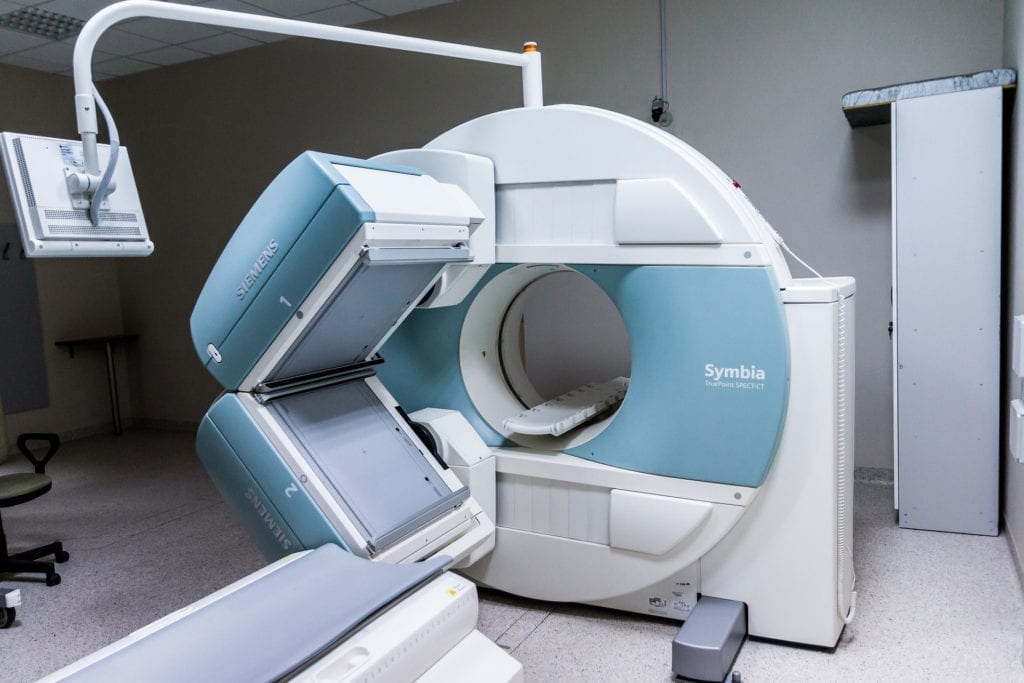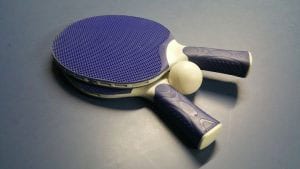Patients with Parkinson’s disease or essential tremor are no strangers to shaking or tremors. In fact, for patients with Parkinson’s disease, their tremor progresses throughout the course of the disease. But while medications can treat this symptom, over 1/3 of patients see no response. However, that might soon change. According to Parkinson’s News Today, three new magnetic resonance imaging (MRI) techniques, focused on the brain’s intermediate nucleus, could effectively treat tremors without surgery. Find out more about these techniques in Brain.
MRI Techniques
Prior Methods
Over the years, treatment for Parkinson’s disease shifted rapidly. Prior to 2000, treatment involved a surgical procedure called deep brain stimulation (DBS). First, electrodes are planted throughout the brain. Then, these electrodes regulate abnormal electrical impulses. Think of it like a pacemaker – but for your brain.
Next came magnetic resonance guided high intensity focused ultrasound (MR-HIFU). Unlike DBS, MR-HIFU requires no surgery. Instead, doctors use ultrasound heat waves to burn away pieces of intermediate nucleus tissue that are causing tremors. But because of its small size, MR-HIFU technology isn’t precise enough to target the area completely.
New MRI Techniques
Currently, the following 3 MRI techniques are FDA-approved to treat tremors, eliminate the intermediate nucleus, and protect nearby areas of the brain:
- Diffusion tractography is a 3D modeling technique which measures anatomical connections in the brain. Its high-resolution imagery measures diffusion in brain tissue, or the spread of molecules within the brain’s fluid. Ultimately, this allows researchers to better understand brain function. Learn more from the Human Connectome Project.
- Quantitative susceptibility mapping (QSM) is, according to MRI Questions:
a group of largely experimental methods by which the absolute concentrations of iron, calcium and other substances may be measured in tissues based on changes in local susceptibility.
Basically, QSM develops high-contrast imagery that highlights minute changes in the magnetic field.
- Fast gray matter acquisition T1 inversion recovery (FGATIR) differentiates between the brain’s white matter and gray matter. When using FGATIR, the white matter turns dark and the gray matter shows up as white.








